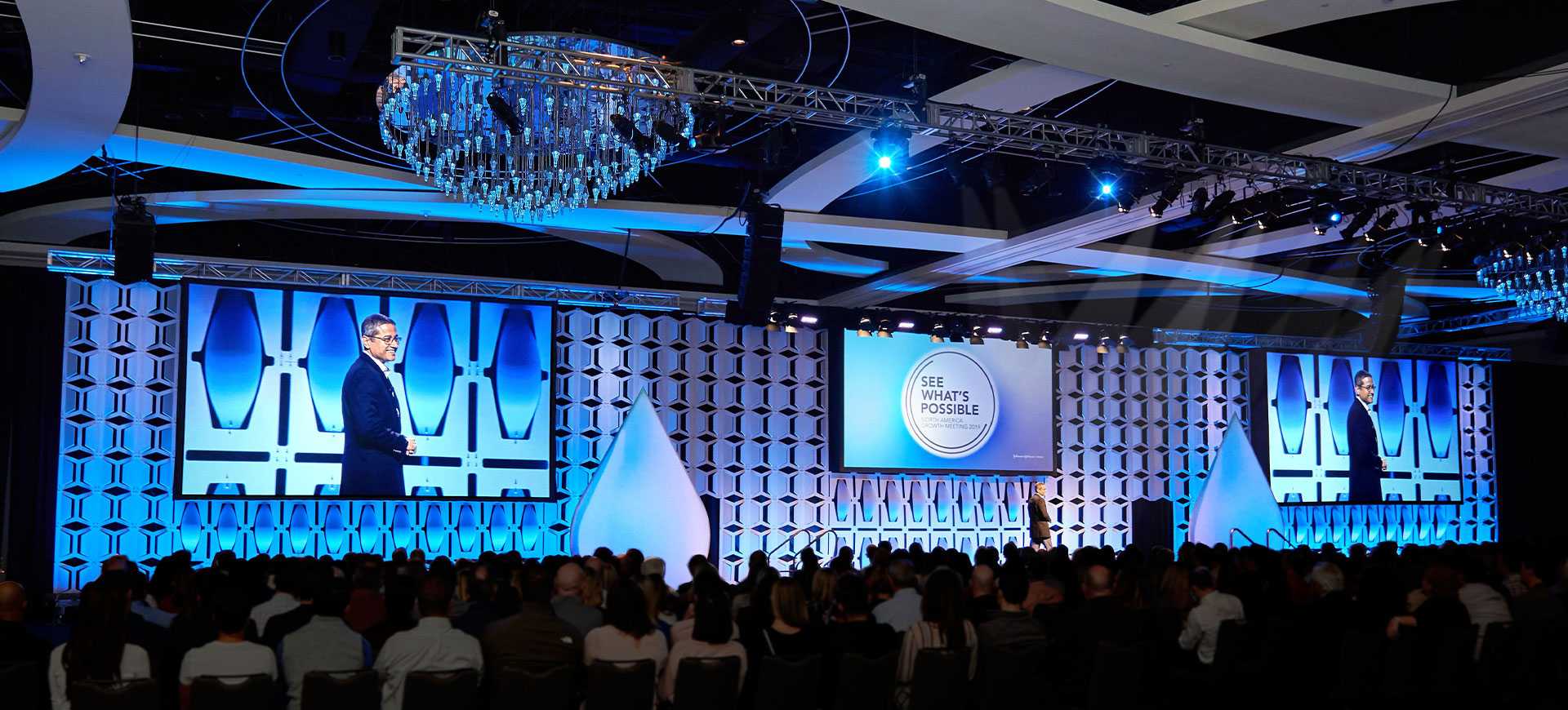Balancing Display and Eco-friendliness in the Preparation of Pyrotechnic Exhibitions
Balancing Display and Eco-friendliness in the Preparation of Pyrotechnic Exhibitions
Blog Article
Pyrotechnics have long been a favored way to celebrate significant occasions, from national holidays to individual milestones. The brilliant colors and boisterous booms create a feeling of excitement and awe. However, as the world becomes more conscious of environmental concerns, it is essential to reflect on how firework displays can be both impressive and sustainable. Harmonizing these two aspects requires meticulous planning and creative methods to minimize the ecological impact while still delivering an impressive performance.
One of the main concerns with conventional fireworks is the pollution they generate. Fireworks emit smoke, toxins, and debris into the atmosphere, which can harm both the ecosystem and public health. To tackle this issue, many celebration planners are considering alternative solutions, such as using low-emission fireworks or even light shows. These alternatives can create stunning sight effects without the same level of atmospheric pollution. By selecting environmentally friendly resources and methods, organizers can craft a unforgettable experience while lowering their carbon footprint.
Another crucial factor in organizing firework shows is refuse management. Fireworks often leave behind a substantial amount of debris, including used shells and wrapping materials. To combat this, organizers can adopt strategies to tidy up after the event. This may include enlisting volunteers or partnering with local groups to guarantee that the area is left pristine. Additionally, using compostable substances for fireworks and their packaging can help reduce the amount directory of refuse generated. By concentrating on responsible waste disposal, planners can contribute to a healthier environment.
Community involvement is also a vital component of balancing spectacle and sustainability. Involving local residents in the planning procedure can help ensure that the celebration meets the requirements and concerns of the community. This may include discussing the timing of the display, as well as any potential noise or atmospheric quality concerns. By encouraging transparent dialogue, organizers can build a feeling of involvement among local residents, making them more apt to back the event. Furthermore, informative initiatives can be introduced to educate the public about the environmental impact of fireworks and the steps being taken to mitigate it.
In conclusion, the planning of pyrotechnic shows can effectively balance the wish for spectacle with the necessity for eco-friendliness. By considering substitute fireworks solutions, adopting efficient refuse management strategies, and engaging the community, event organizers can create unforgettable events that are also ecologically conscious. As the world continues to prioritize sustainability, it is crucial for the pyrotechnics sector to evolve and innovate. With thoughtful planning and a commitment to minimizing ecological effects, firework displays can continue to be a source of delight and celebration for decades to follow.